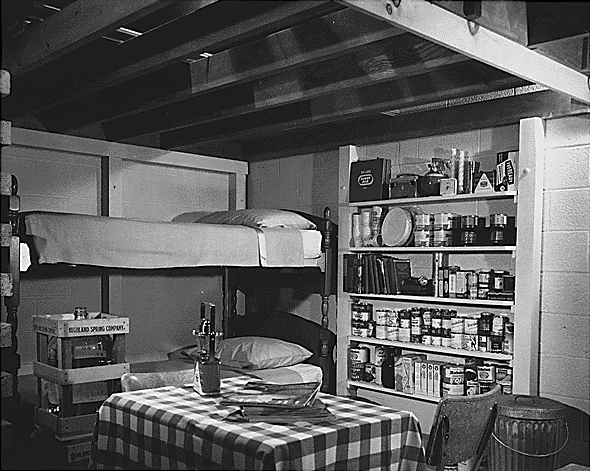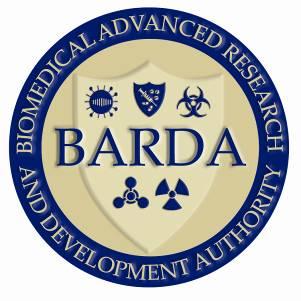Shortly after the discovery of X rays in 1895, papers began appearing in scientific publications about the negative effects of high levels of exposure to such radiation. In the first year, suggestions about how to protect against ionizing radiation were made including the three main measures that are still emphasized today, limit the exposure to the shortest possible time, maintain as great a distance from the source as possible and employ shielding of some sort.
In 1925 the First International Congress of Radiology was held in London, England. The issue of the need for a committee to consider protection against radiation was raised at the conference and, during the Second Congress in 1928, the International Commission on Radiological Protection (ICRP) was launched.
The ICRP is an independent international organization dedicated to radiological protection. It is a Registered Charity in the United Kingdoms and has a Scientific Secretariat in Ottawa, Canada.
Currently, the ICRP has more than two hundred volunteers for thirty countries including some of the leading scientists and policy makers in the field of radiological protection. It is funded by contributions from organization interested in the work of the Commission.
The structure of the Commission includes a Main Commission, a Scientific Secretariat, and five standing committees on effects, doses, medicine, applications and the environment.
“ICRP is an independent, international organization that advances for the public benefit the science of radiological protection, in particular by providing recommendations and guidance on all aspects of protection against ionizing radiation. Since 1928, ICRP has developed, maintained, and elaborated the International System of Radiological Protection (ISRP) used world-wide as the common basis for radiological protection standards, legislation, guidelines, programs, and practice.
The ISRP was developed based on the current scientific understanding of the biological effects of radiation exposure. In addition to the scientific aspects of the ISRP, the ICRP also takes into account ethical concerns, social expectations and knowledge gained in implementing the system.
The ICRP regularly carries out consultation programs dealing with radiological exposure issues. Past projects included assessing radiation exposure and effects on astronauts, workers, cardiology patients and practitioners, patients being imaged, children being diagnosed and treated and people accidently exposed in radiotherapy. They also consulted on transfer of radionuclides from plants and animals, dangers of radon gas exposure, and potential problems with long term geological disposal of nuclear wastes.
The ICRP has published over a hundred documents on a wide range subjects concerning radiation protection including the reports generated by the consultation projects mentioned above. They also publish the documents that spell out their radiological protection system. They publish an annual report which is available online. Visitors to the website can download an extract from the 2007 Summary Recommendations, free posters for Pediatric radiology, free guides and explanatory notes, free education downloads and free educational CDs.
In 2011 the ICRP held its First Symposium on the International System of Radiological Protection. The program and abstracts of the presented papers can be downloaded from the website. The Second Symposium will be held in 2013.


